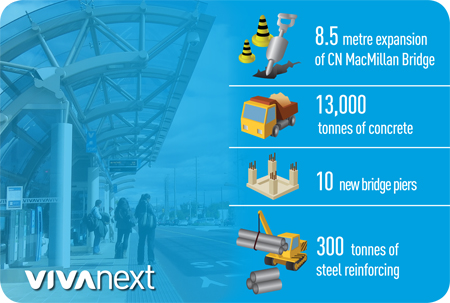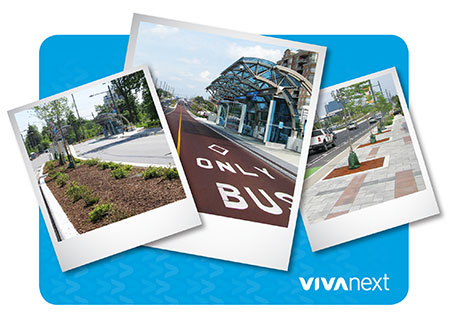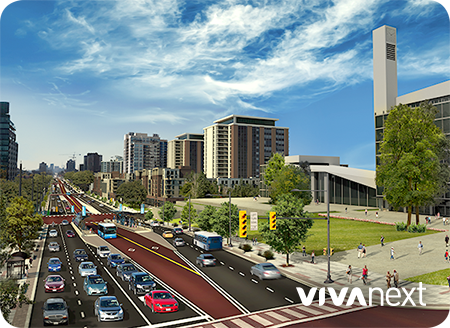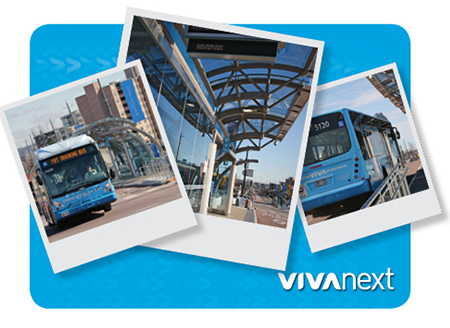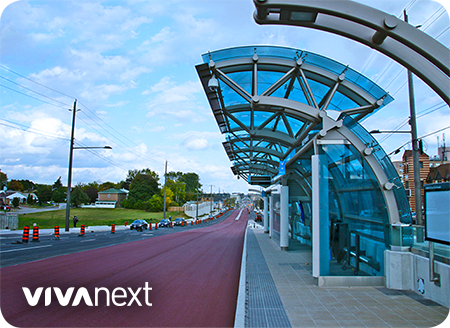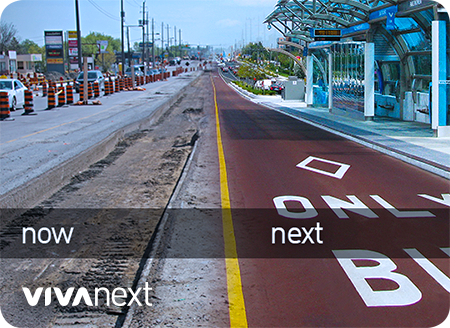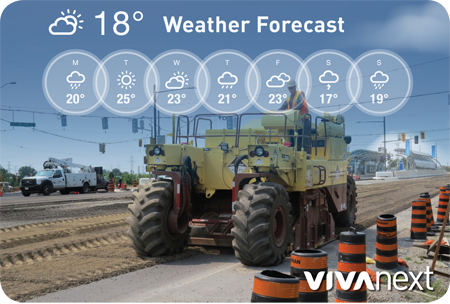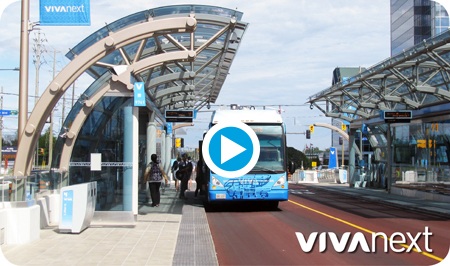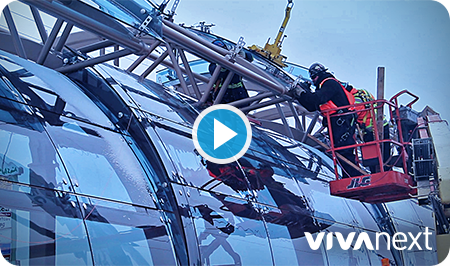Highway 7 West is changing quickly, with beautiful new sidewalks, tree planters and vivastations at Creditstone and Keele. Rapid transit is on the way to Vaughan, but it’s about more than just transit. Once the rapidway projects are complete, new infrastructure will be in place, including utilities and bridges.
crossing the bridge
One bridge that cannot be missed is the CN MacMillan Bridge, crossing over the largest rail yard in Canada. The MacMillan Yard was established in the 1950s and is named after one of CN’s founders, Norman John MacMillan. The yard operates 24 hours a day and handles over a million train cars per year.
bigger and better
As part of widening Highway 7, the CN MacMillan Bridge needed to be expanded a total of 8.5 metres on the south and north side. This involved rebuilding the underlying structure with 8,000 tonnes of backfill, 10 new vertical piers, and 18,000 tonnes of steel reinforcing 13,000 tonnes of cement, and laying a new road surface – all without disrupting CN rail operations below!
better for people too
The new bridge will have two new rapidway lanes, but it’s not just for driving. Pedestrians and cyclists will be able to enjoy the view as they cross on the improved sidewalks and a bike lane.
If you’re driving on the bridge in the coming weeks, you may notice the lanes being reconfigured, and a crane being “walked” from one side of the road to the other.
Once the rapidway project and the subway extension are done, this major transportation hub will be transformed for any mode of travel – rail, bus, and subway.

